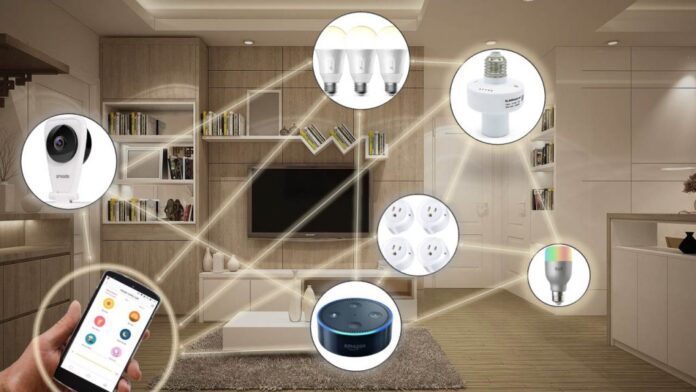If you’re not familiar with the term “smart home,” it’s basically a household appliance or device for example Apple home kit compatible best versatile dimming lighting control that can be controlled and monitored using internet technology. While it might seem like a daunting task to set up your own smart home, there are a number of simple steps you can take to get started. In this article, we’ll outline the basics of setting up a smart home and give you some tips on how to make the process easier.
What is a smart home?
A smart home is a system where various devices are connected to one another so that they can be controlled and monitored from a single location. This could include things like lights, the temperature in your home, and the security system.
There are a few different ways to build a smart home, but the most popular method is by using an app. There are many apps available that allow you to control your lights, climate, and security system from anywhere in the world. You can also use apps to check on the status of your home’s appliances and see what warnings or alerts there are.
Another way to build a smart home is by installing smart plugs and switches. These devices can be connected to the internet and allow you to control everything from your phone or computer.
The final way to build a smart home is by installing sensors. These devices can be placed all around your home so that it can be monitored in real time. This could include things like the temperature, humidity, and air quality.
How do you build a smart home?
When it comes to building a smart home, there are a few simple steps you can take to get started. In this blog post, we’ll provide a step-by-step guide on how to set up your home automation system.
- Choose your devices
Your first step is to choose the devices you want to connect to your home automation system. For example, if you want your lights to turn on and off when you get home, you’ll need a wall switch or an activated garage door opener. You can find many different types of devices at your local retailer or online.
- Set up your home automation system
Once you’ve selected the devices you want to connect, it’s time to set up your home automation system. Follow these simple steps:
- a) Connect the devices to your home computer
Once you’ve selected the devices and set up your home automation system, it’s time to connect them to your home computer. This is where things can get a little complicated, but don’t worry – we’re here to help! Follow these steps:
- b) Locate your home’s network cable
Your home’s network cable is usually located in a closet or near the
What are the benefits of a smart home?
A smart home is a home that is equipped with electronic devices and software to allow you to control and monitor your environment. There are many benefits to having a smart home, including:
- Increased comfort and convenience. With the ability to control your lights, temperature, and other aspects of your environment from anywhere in the world, you’ll be more comfortable and able to get things done when you’re away from home.
- Reduced energy costs. With devices such as smart thermostats and smart smoke detectors, you can save a lot of money on your energy bill by automatically adjusting your settings based on weather conditions or time of day.
- Reduced stress levels. Having an automated system in place will help reduce the amount of stress you experience in your everyday life, making it easier to relax and enjoy your surroundings.
Conclusion
If you’re interested in building a smart home, there are some simple steps you can take to get started. For example, installing a smart thermostat is a great way to save money on your energy bill and improve your comfort levels at the same time. Not sure where to start? Check out our list of the best smart home technologies to get started. And if you’re still not convinced that a smart home is right for you, read this article on why more and more people are embracing the idea of living in an interconnected world.


















